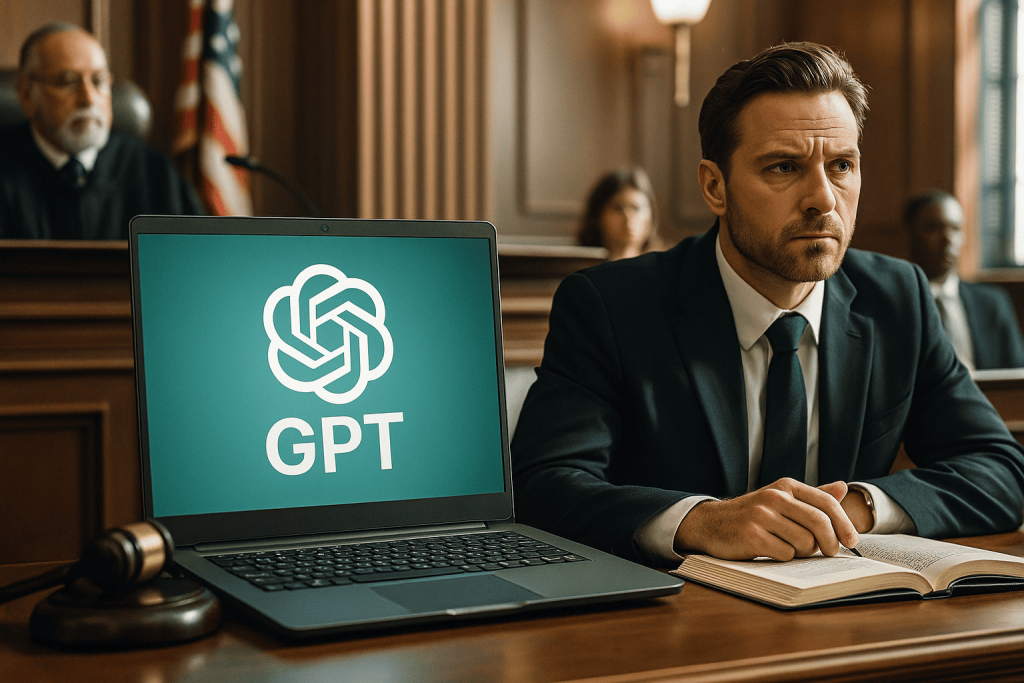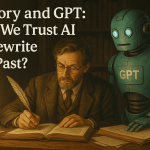Artificial intelligence has already transformed numerous industries, but its potential impact on the legal profession is perhaps one of the most debated frontiers. From contract analysis to predictive analytics, AI is proving capable of tasks that once required extensive human expertise. The latest wave of large language models, led by GPT, raises an even more provocative question: could a machine one day stand in court as an advocate—or even sit on the bench as a judge?
The Rise of Legal AI Assistants
Early applications of AI in law primarily focused on document review and e-discovery. Machine learning tools sifted through millions of pages, tagging relevant evidence far faster than junior associates could. Today, GPT-powered systems extend that reach. They draft briefs, summarize case law, and suggest arguments, freeing lawyers to focus on higher-level strategy.
Several law firms and legal tech startups have launched GPT-based assistants that can answer nuanced legal questions in plain English. By training on statutes, regulations, and court opinions, these models generate citations, pinpoint conflicting precedents, and produce first drafts of contracts. The result is a hybrid workflow where attorneys refine AI output instead of starting from scratch—cutting costs and accelerating turnaround times.
Pilot Projects in Real Courtrooms
While AI still cannot appear in court independently, small-scale pilots hint at its courtroom potential. In the United States and the United Kingdom, a handful of traffic court defendants experimented with real-time GPT prompts delivered via a smartphone earpiece. The AI provided on-the-spot responses to judges’ questions, referencing local ordinances and case law. Although legal associations quickly raised ethical concerns and halted broader trials, the experiment illustrated how conversational AI might eventually guide litigants through simple proceedings.
In Estonia—a pioneer of digital governance—officials announced plans to test an AI “robot judge” for resolving small-claims disputes under €7 000. The pilot projects remain heavily supervised by human judges, yet they underscore mounting interest in automating low-stakes decisions and clearing judicial backlogs.
Capabilities and Limitations of GPT as Counsel
GPT excels at pattern recognition and textual generation. It can parse complex legalese, produce structured arguments, and quickly adapt to new jurisdictions. However, its reasoning is statistical, not truly deductive. The model predicts likely sequences of words based on patterns in its training data; it does not possess genuine comprehension of justice, fairness, or context beyond text.
This limitation surfaces in adversarial settings. A skilled attorney relies on judgment, empathy, and courtroom presence—skills beyond GPT’s scope. Human advocates adjust tone, read subtle cues from jurors and judges, and respond to unpredictable developments. GPT’s responses, while coherent, can include hallucinated citations or omit critical nuances, posing high risks when liberty or large sums are at stake.
Ethical and Regulatory Hurdles
Even if GPT’s technical accuracy improves, legal systems impose strict rules about who may practice law. Licensure requirements ensure professional accountability, confidentiality, and conflict-of-interest safeguards. Granting GPT full advocate status would demand a new regulatory framework: How would a client consent to AI representation? Who bears liability for malpractice—developers, law firms, or the model itself? How do we protect privileged data flowing through third-party servers?
Bias is another critical concern. GPT learns from historical legal decisions that may embed systemic inequities. If uncorrected, an AI lawyer could reinforce discriminatory patterns in bail recommendations, sentencing predictions, or asylum claims. Transparent auditing, diverse training datasets, and human oversight must remain central to any AI deployment in justice systems.
Public Trust and Societal Readiness
Surveys reveal a cautious public. Many people are open to AI assistance for routine legal queries—drafting wills or reviewing leases—but balk at the idea of an algorithm defending them in a serious criminal trial. Trust hinges on transparency: citizens want to understand how an AI arrived at its advice and whether it truly acts in their best interest.
Yet attitudes may shift as younger generations grow up interacting with conversational AI. If GPT consistently demonstrates reliability in low-stakes arenas—small claims, mediation, tax appeals—society may gradually accept machine advocacy for more complex matters. Ultimately, the legal profession’s culture, steeped in precedent and human judgment, will decide how quickly these boundaries expand.
Human-AI Collaboration: A Likely Middle Path
For the foreseeable future, GPT is set to augment, not replace, attorneys. Hybrid teams can pair AI’s speed and breadth of knowledge with human creativity, empathy, and ethical judgment. Lawyers who master prompt engineering and AI verification will draft more persuasive briefs, uncover hidden precedents, and dedicate more time to client counseling.
Courts may also adopt GPT for procedural streamlining: generating standardized forms, translating legal jargon into plain language, or guiding self-represented litigants through online filing portals. Such improvements could democratize access to justice by lowering costs and reducing delays.
Conclusion
GPT as a courtroom advocate remains more thought experiment than reality, but its trajectory is unmistakable. Large language models are reshaping legal research, drafting, and decision support at a remarkable pace. Whether society ultimately embraces an AI lawyer—or even an AI judge—will depend on rigorous testing, transparent regulation, and unwavering commitment to fairness. For now, GPT’s role is that of a powerful assistant, expanding the capacities of human attorneys and nudging the justice system toward greater efficiency and accessibility.



ai lawyer seems sus 👎i trust real lawyer
lol gpt lawyer seems cray😂
scary tbh. who trusts a robot lawyer? 🤔